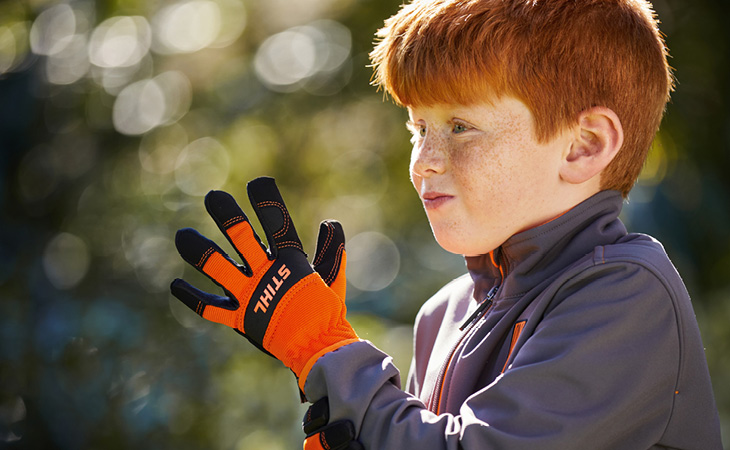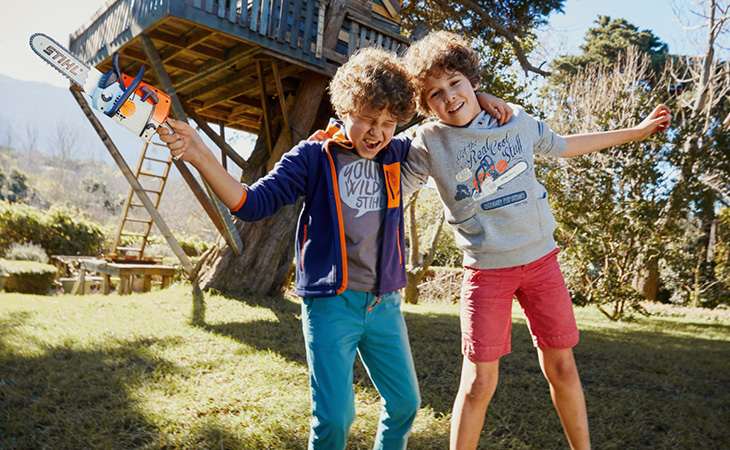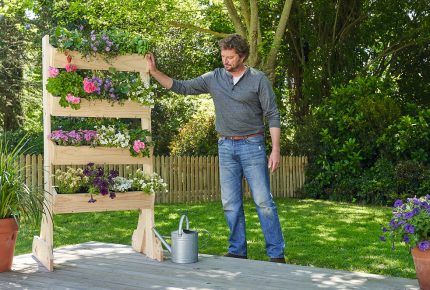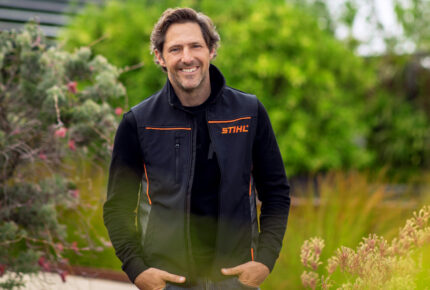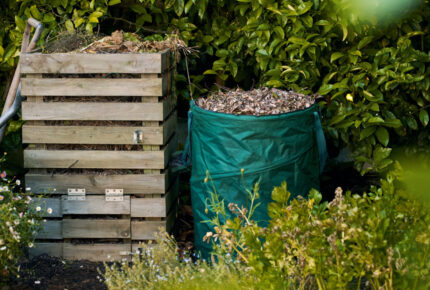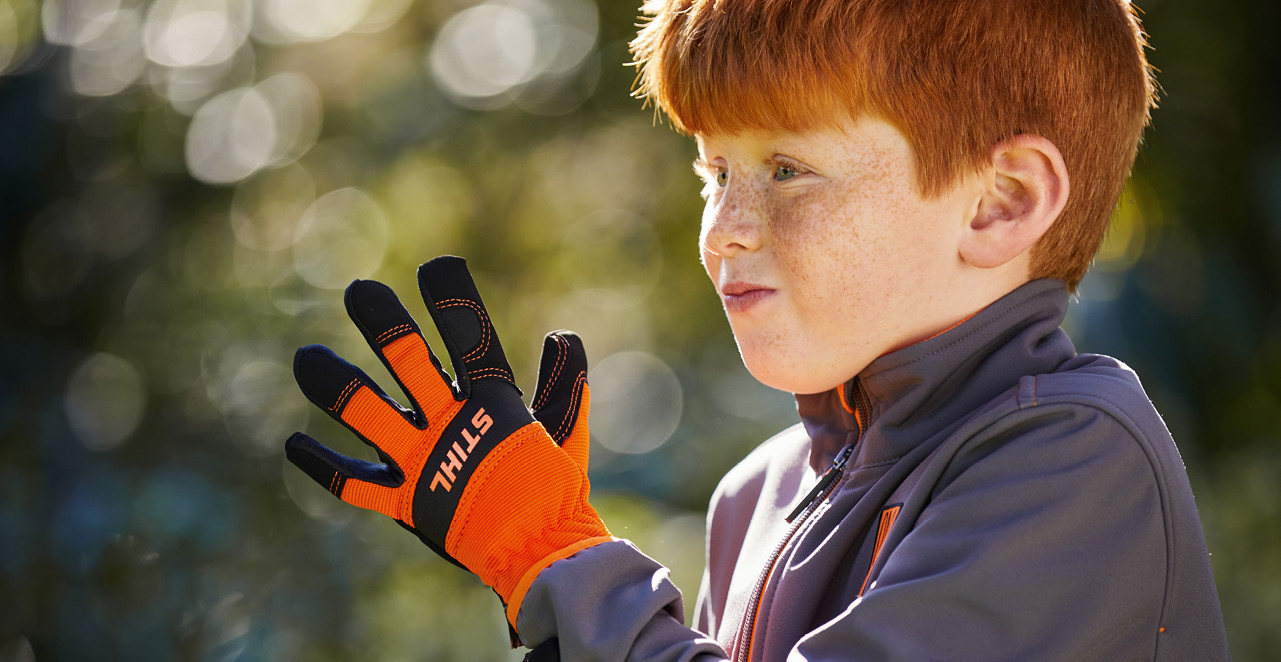
#How To
How to Teach Kids to Compost
Composting is a great way to get kids away from their screens and into the garden, where they’re bound to learn new things and have fun at the same time.
The reasons for composting make sense even to young children; it’s about feeding plants and reducing waste to help the environment. Kids can get behind every step of the process, from finding the perfect place for a compost heap to building it and watching it develop. There are lifelong lessons to be learned from taking responsibility for our food waste, not to mention the science behind microbial activity which will fascinate older kids – especially those who have kept worm farms. Follow these easy steps when undertaking a composting project with the children in your life, and take joy in watching their gardening knowledge grow.
Step 1: Find a composting corner
Certain conditions will allow your compost to flourish. The spot should be shady, with a little sunlight but not direct. The ground should be well drained and located somewhere accessible, but not where ripe smells will bother anyone.
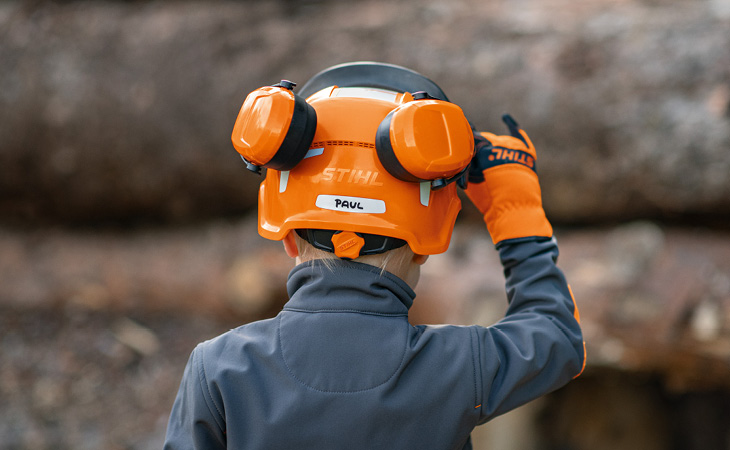
Step 2: Set up your compost
Building a large compost heap
You can make one big family compost heap or help the kids create their own. If you are creating one big compost heap, build four walls to form a pen. Avoid using a tub or box here, as the compost quality is best when it sits directly on well-drained soil and not on the base of a receptacle. If your compost pile is unsightly, try camouflaging it with tall flowing plants or a shrub.
To build your pile, start with course materials such as twigs and small branches for good drainage. Next, add a layer of green matter followed by brown matter such as dry leaves and hedge clippings. Include some newspaper. Sprinkle water lightly between each layer. For the final layer, sprinkle on some soil to reduce the odours which are bound to arise.
Compost in a bottle
Getting kids to create their own mini composts is great if you want them to take ownership of their project. A two-litre soft drink bottle is the ideal vessel for a mini compost, but you can also use a wide-mouth glass jar. You can give one to each child and have them write their names on them. If using a plastic bottle, cut most of the way around the diameter (about 1/3 of the way down) to form a flip top.
To make compost, kids should add 3-5cm of soil and spray lightly with water. Next, toss in another layer of food scraps followed by 1cm of soil, 15ml of fertiliser, some chicken manure and leaves. When the bottle or jar is full, tape it closed and place in a sunny spot. Kids will enjoy monitoring their compost, which they should roll daily to aerate. They can also spray it lightly with water if it appears to be drying out, or loosen the lid to dry off when condensation is visible.
After a month, the compost will become brown, rotten and crumbly, perfect for fertilising their very own tree, veggie patch or flower bed.
Step 3: Keep your compost balanced
A good compost needs a balance of brown and green matter. Kids can help collect leaves, twigs and lawn clippings, as well as saving fruit scraps from their lunchboxes.
Do add:
Fruit and vegetable scraps, weeds, tea leaves and coffee grinds, crushed egg shells, newspapers and sawdust.
Avoid:
Bread, cooking fat, large branches, glossy magazines, diseased plant matter and pet droppings (unless from chickens). Do not add meat or bones unless you have a large, well-established compost heap.
It can be fun for kids to draw a diagram of what to save for their compost, and stick it on the fridge for the family to refer to.
For larger compost heaps, remember to turn every few weeks to oxygenate. It can take up to three months before compost ready to use. When the matter at the bottom of your pile turns dark and spongey, it’s ready to use on your garden.
Composting is easy, fun and great for your garden and the environment. To learn more about how a garden shredder like the STIHL GHE 135 L can speed up your composting process, visit your local STIHL dealer.

